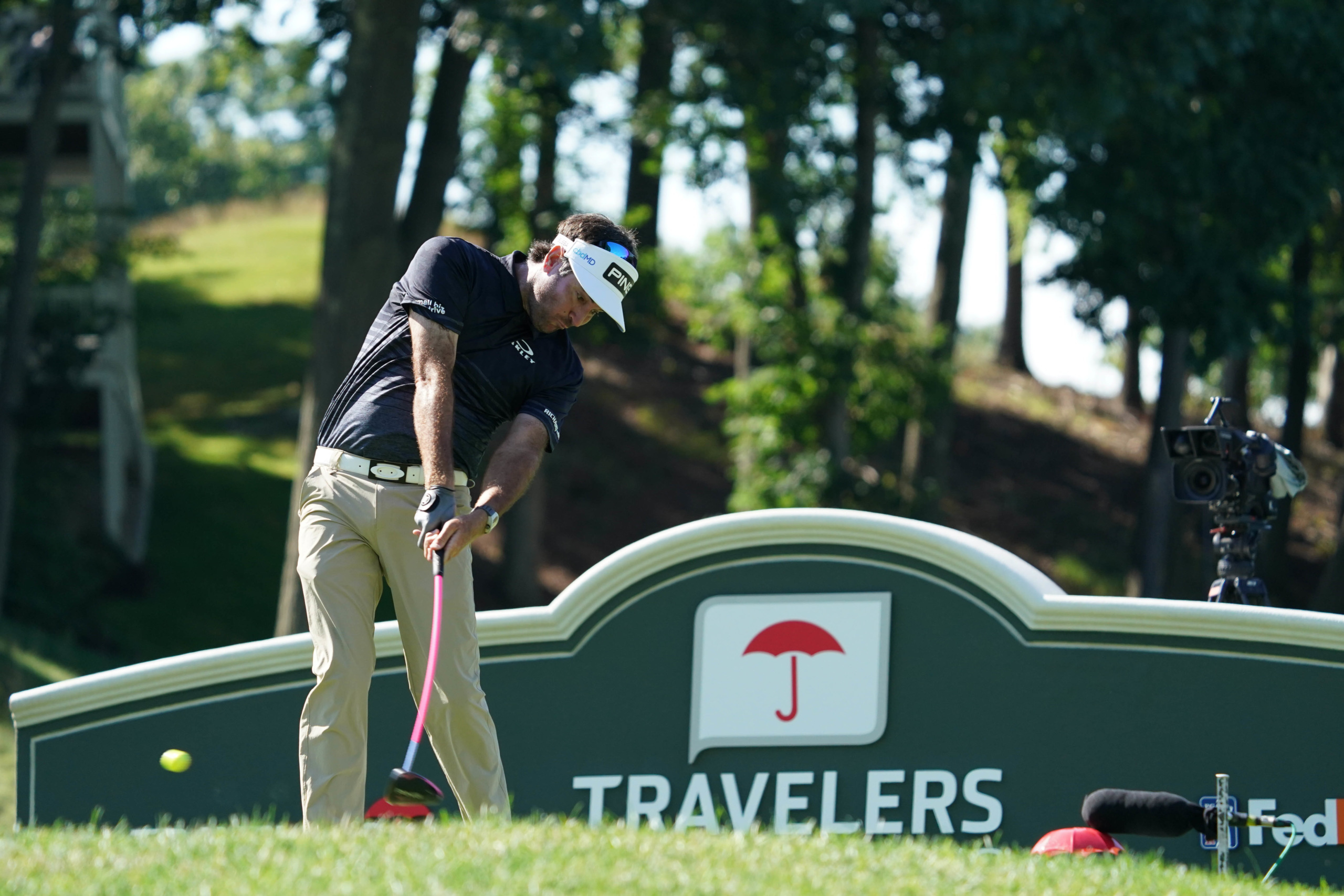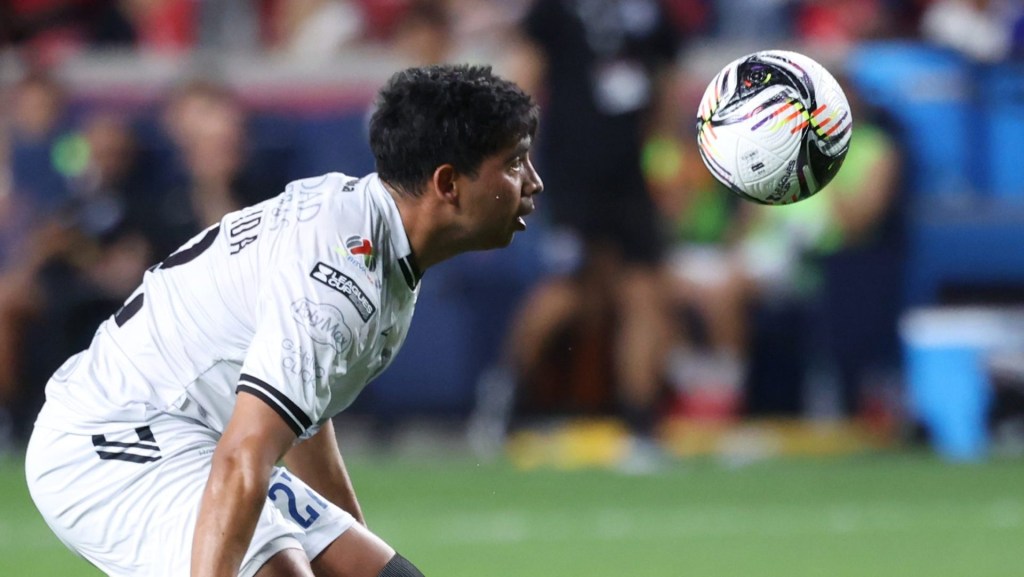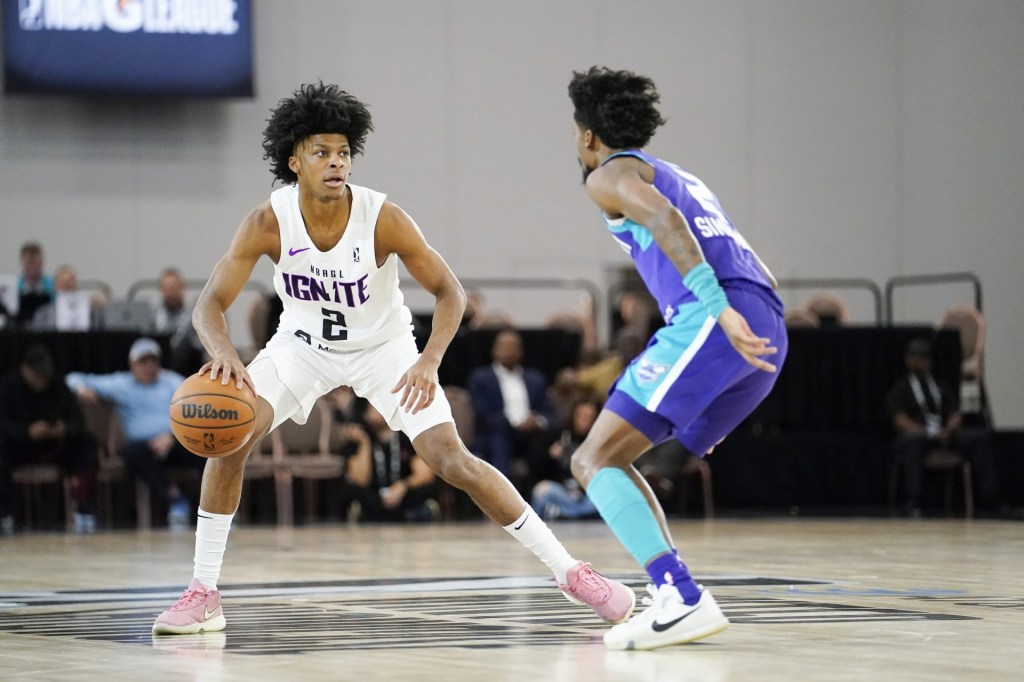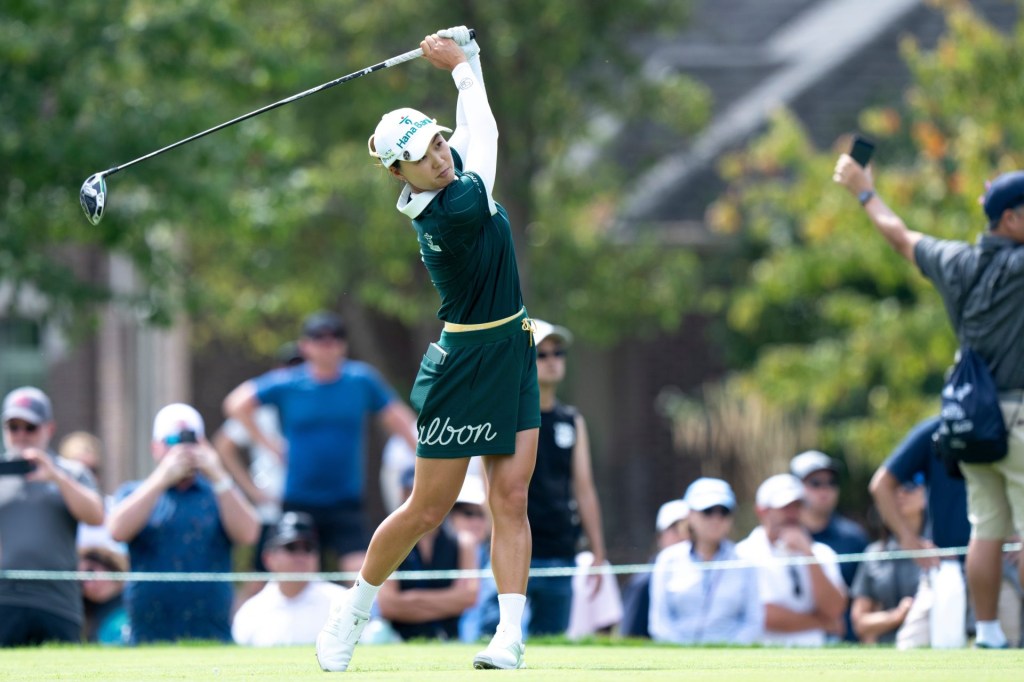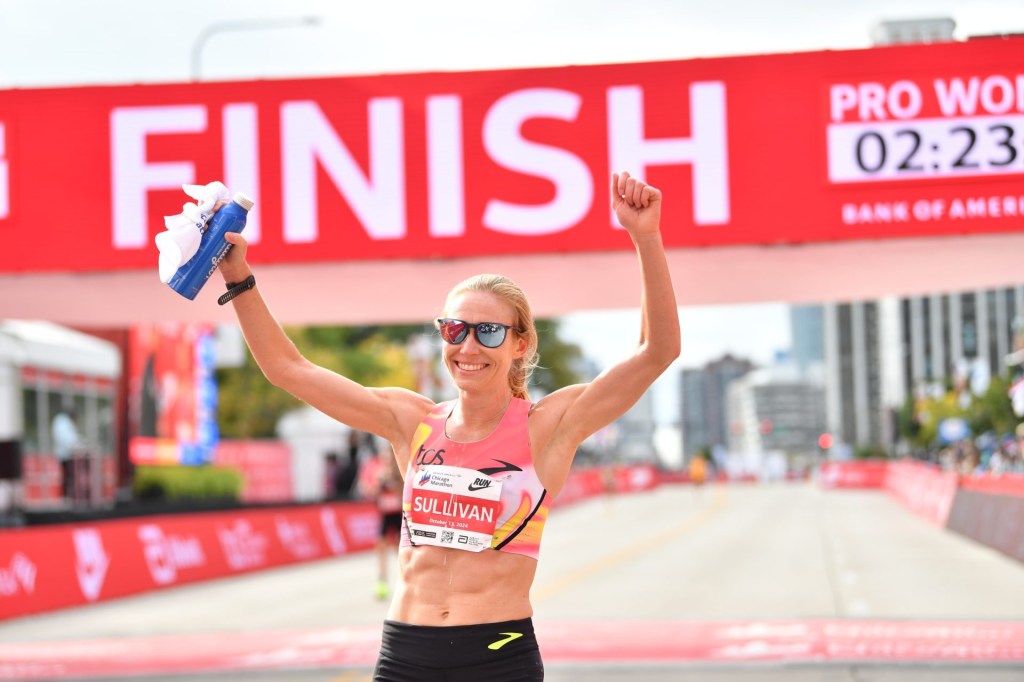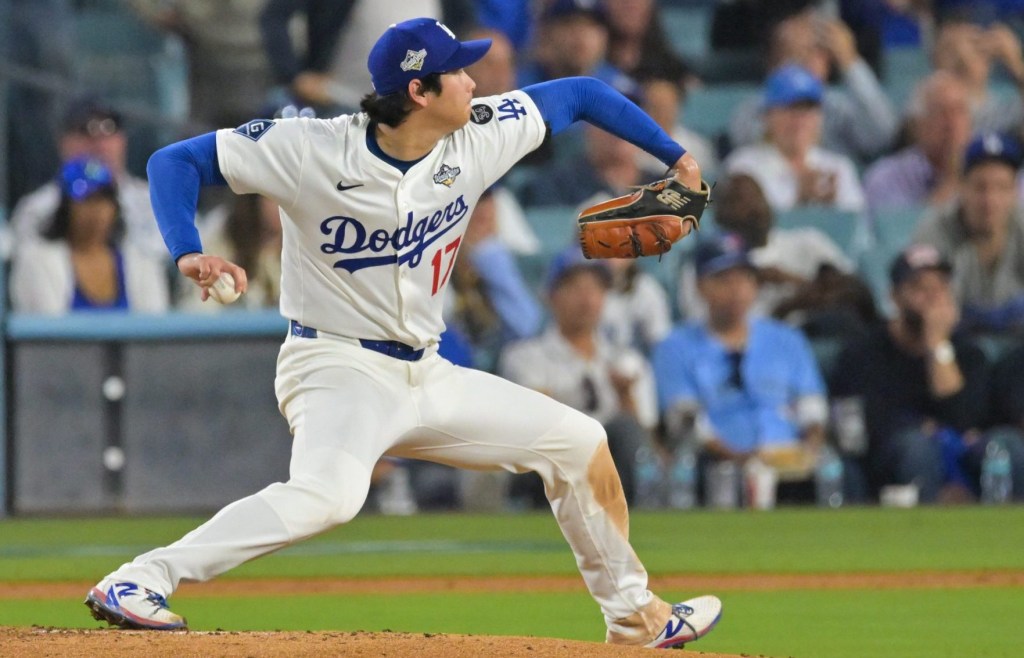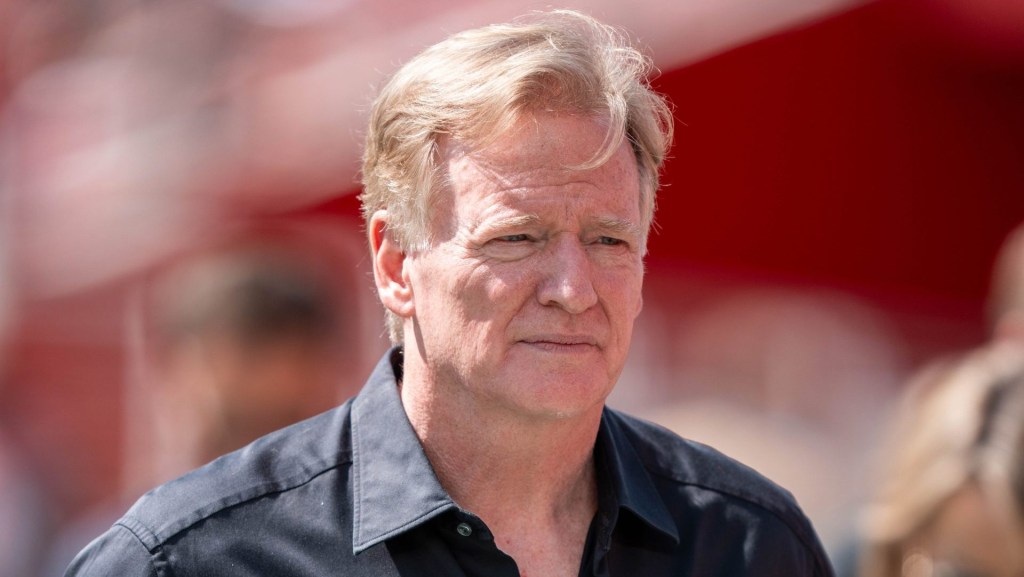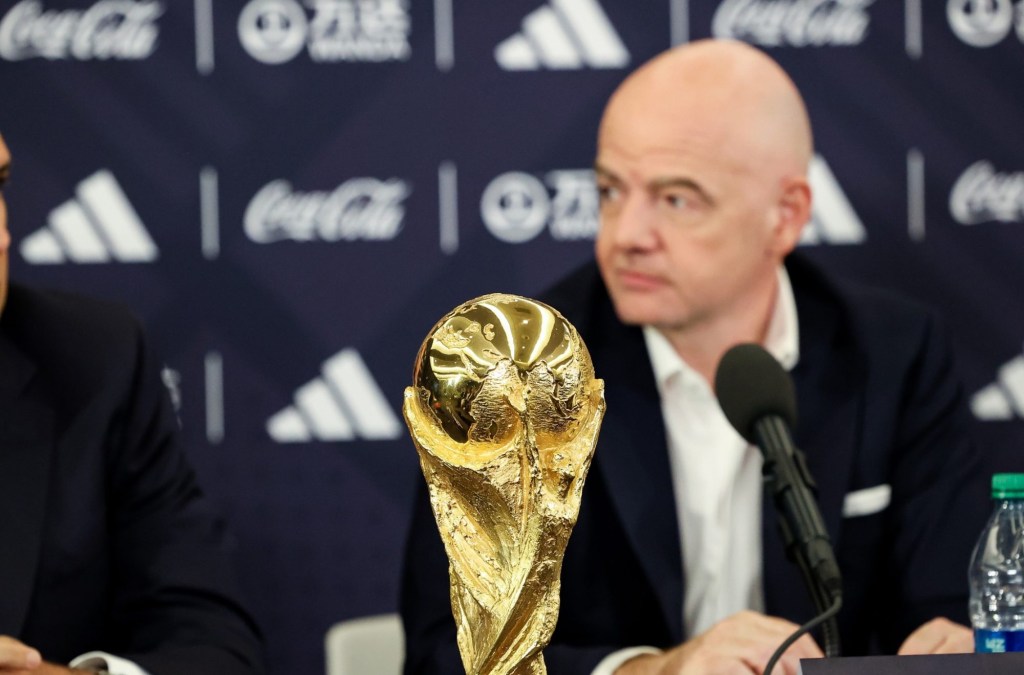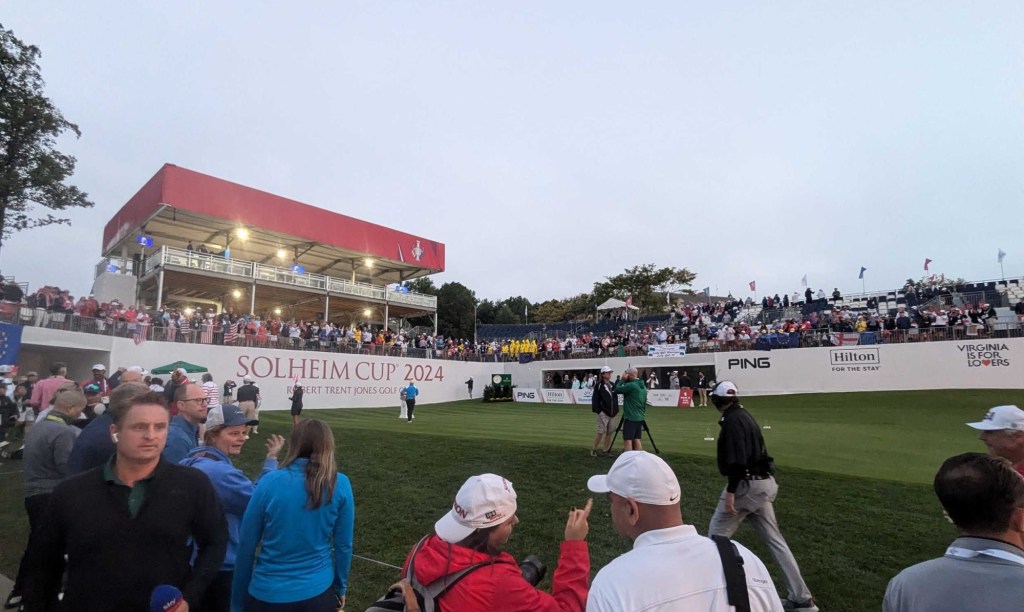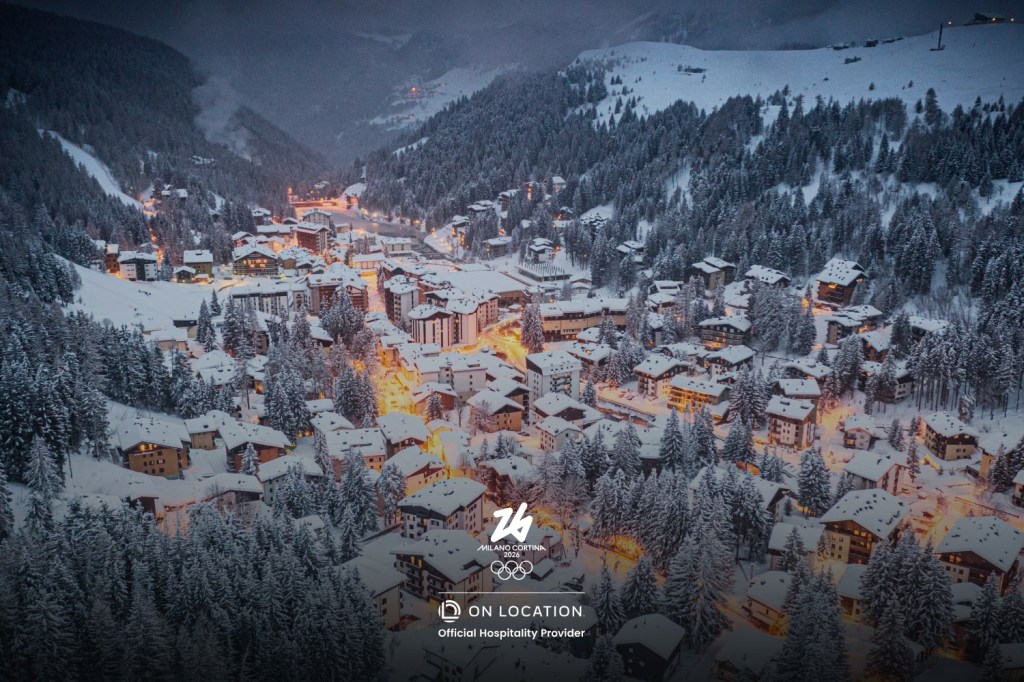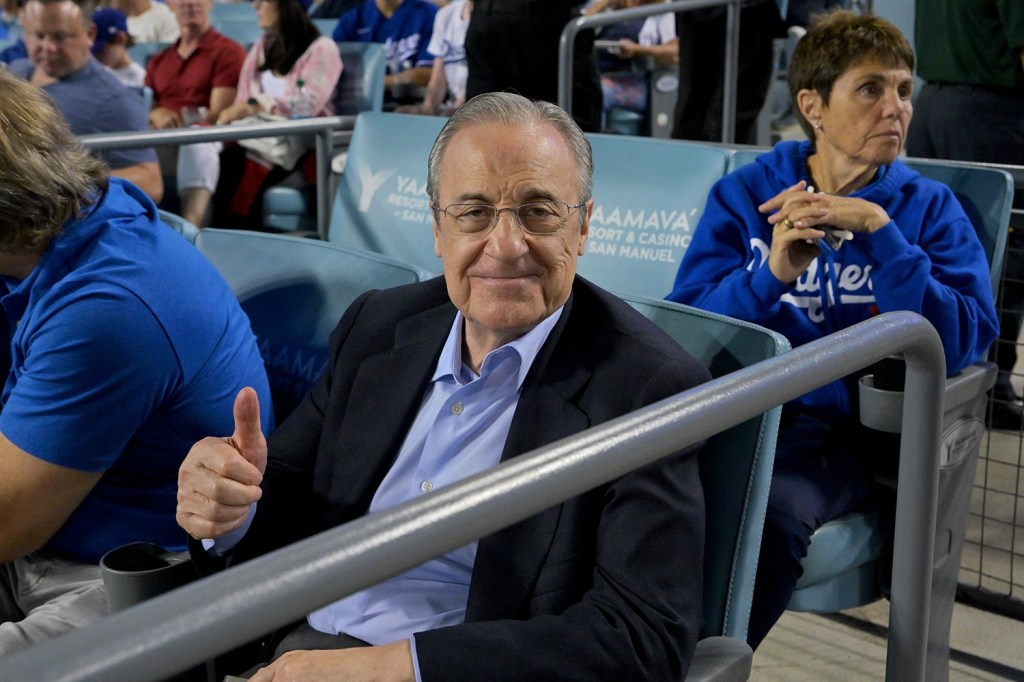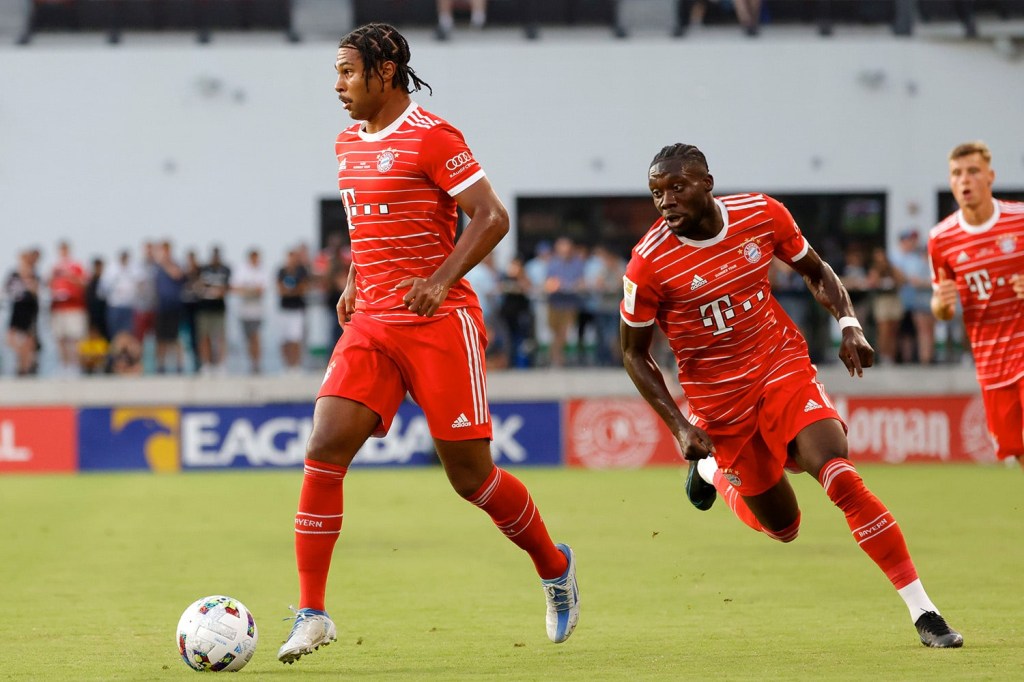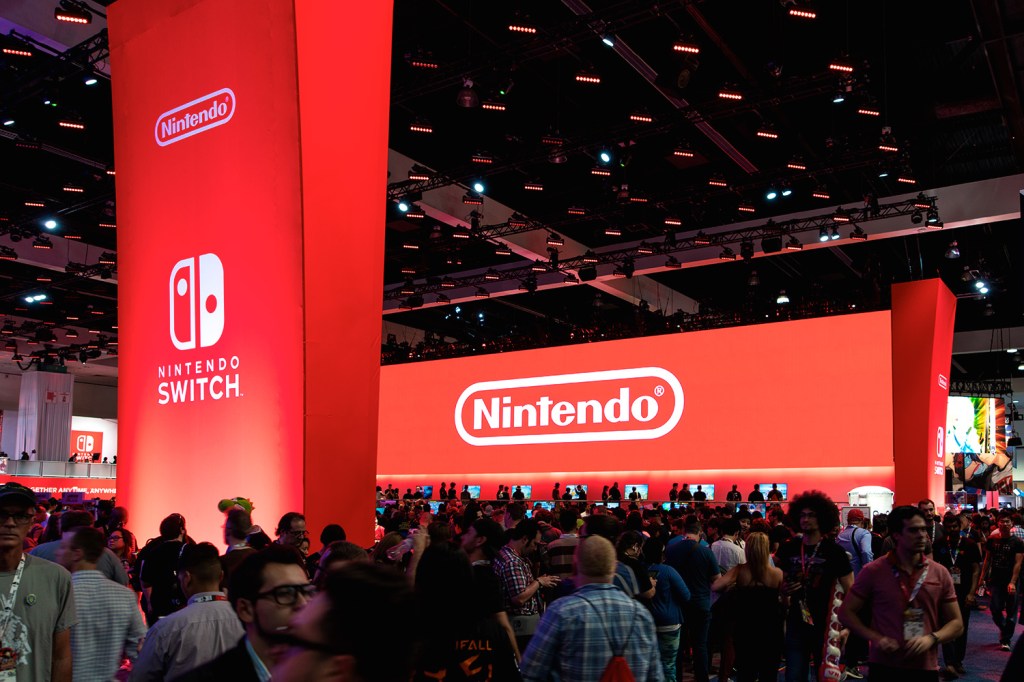During a time of sporting events with no fans, the PGA TOUR has been put in an interesting position of having to tell the stories of their tournaments in a whole new way. This requires strong collaboration between the TOUR, its golfers, sponsors, and more.
In this webinar, Laura Neal, senior vice president of media, content & communications at the PGA TOUR, Matt Bordonaro, vice president, head of media relations at Travelers, and Ryan Jordan, executive creative director at imre, join Joe Londergan of Front Office Sports for a chat on how the PGA TOUR has executed their storytelling strategy during the COVID-19 era.
Edited highlights appear below:
On developing the storytelling strategy for the Travelers Championship (8:59)
Jordan: The strategy in years past was always focused on Travelers really being the best stop on TOUR: family friendly, having the best offerings in and around the game play. We achieved that goal. That strategy was in an effort to attract the best talent. And credit to the Travelers team. We really adjusted the strategy two, three years ago to really focus on one of the best fields in all of the PGA TOUR. So when this came up, we were prepared for it because we already were putting focus on the players in a lot of ways, and our storytelling revolves so much around the players. So for us to pivot and really focus in on that tuning piece, really using social media to get people to tune in, it was really easy for us to put a spotlight on the players.
On the collaboration process between all parties to tell a good story (14:50)
Neal: I think we go back to the foundation that was built. The goodwill built with the players, but also the foundation that was built by this team for Travelers and really being innovative and robust and dynamic with the content creation in the past. So those muscles were already there. We just had to apply them in a different way. … Really that social impact content connecting with the community through the caddy bib program and other pieces of content that are programs that we did, I think set the stage for that ramp-up throughout the rest of the season to show we’re not just out on the field of play so players can make money, right? We’re here to entertain, and we’re here to continue that connection to the community, which you could argue is more important now than ever.
On digital strategy for the rest of the year (34:38)
Bordonaro: Just for the Travelers Championship, one thing that we haven’t mentioned yet is the event did still raise $1.6 million for charity, despite having zero fans on-site. So what we’re looking to do is continue to promote that, and I think there’s a lot of stories out there about how nonprofits are really struggling with everything that’s going on. The TOUR does so much to give back to the community and support the organizations that do a lot for a lot of people in our communities. So our focus is going to be on how we continue to have that message out there for the remainder of the year.
On using Instagram stories to tell the story of the Travelers Championship (49:14)
Jordan: It takes a lot of faith to adapt the voice of the times, right? Content has become so ephemeral and using a story format that goes away in 24 hours, investing in creative that really tells that real-time story, that takes a lot of faith. You might not be able to look back and experience that story six months later. [With the Traveller’s Championship] our focus was really tune-in. How do we get people to tune in? … And stories was such a great tool in getting people to tune in. We saw a 43% increase in viewership this year. I think a lot of that is because it was really focused on that tune-in message. The channel is there more for that sort of evergreen message and where we can really promote the charities, really get people more involved in some of the missions that Travelers are participating in. But that stories format, I think, is so powerful. I think a lot of people are scared of it because it goes away.
